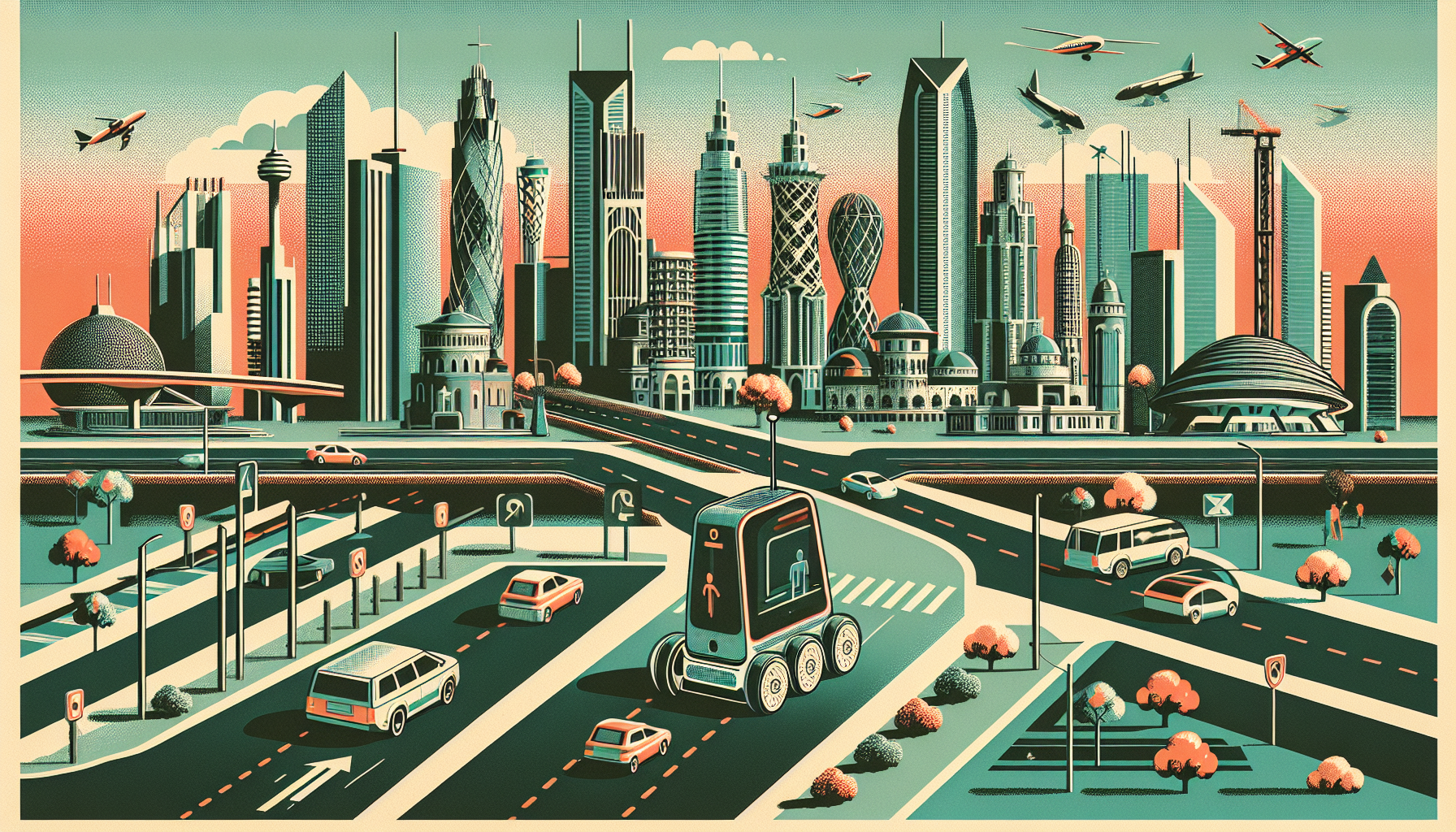Across the world’s cities, a quiet revolution is underway—one that may soon change how we move through our streets forever. Robotaxis, self-driving vehicles powered by advanced artificial intelligence, are no longer a distant dream. They are becoming part of everyday life, promising to reshape not only transportation, but also the way cities breathe, work, and grow.
Leaders at the Forefront
Several visionary companies are leading this movement. Waymo stands out as a pioneer. Its robotaxis are already serving passengers in several cities, and by the end of 2025, Waymo is expected to operate in at least ten cities, aiming to expand even further. Waymo’s commitment to full self-driving technology gives it a significant edge, but it’s not alone in this race.
Tesla is another formidable force, leveraging its large vehicle fleet and unique approach. Tesla plans to launch a new “cybercab” service in 2025 and expand rapidly in 2026. Relying on powerful AI and a vision-focused system, Tesla believes its cars can safely navigate city streets with minimal human input.
Meanwhile, companies like Zoox and Wayve are also carving their own paths. While not as big, their contributions are strengthening the industry as a whole and driving growth towards a future where robotaxis become common in cities worldwide.
The Road to Widespread Adoption
The coming years will see robotaxis operate at the most advanced levels of autonomy. Vehicles will increasingly drive themselves without any human intervention—known as Level 4 and Level 5 autonomy. By 2030, as many as 85% of robotaxis could reach these milestones. This leap will be powered by constant improvements in artificial intelligence, sensors, and vehicles’ ability to communicate with their environment.
It is expected that robotaxis will be available in over 200 cities worldwide by 2030. As these networks spread, city transportation will be transformed. New business models will emerge, public transportation may be reimagined, and the way people think about car ownership could shift entirely.
Transforming Work and the Economy
This technological shift will bring profound changes to the job market. Traditional driving jobs, especially in taxi and ride-hailing industries, could decline by more than half. Yet, new roles will rise—in areas such as fleet care, maintenance, and the ever-growing field of software development.
The robotaxi industry is projected to unlock a trillion-dollar market. Companies leading the way, particularly Waymo and Tesla, are poised to shape the future of transportation economics and open up enormous opportunities for both workers and investors.
Challenges and New Horizons
With such promise comes important challenges. Ensuring the highest levels of safety, securing public trust, and meeting the complex web of global regulations will be vital. Communities must be ready to face questions about how autonomous vehicles fit into daily life—including how to make them accessible, equitable, and environmentally friendly.
Yet the potential benefits remain powerful. Robotaxis could make urban travel safer and more affordable. They may help reduce traffic congestion and give people more free time. By making cities more connected and efficient, robotaxis hold the promise of cities that are greener, quieter, and more welcoming for everyone.
Looking Ahead: A Transformative Era
The years 2025 and 2026 mark a turning point. As technology matures and more cities embrace autonomous vehicles, we are witnessing not just faster innovation, but profound changes in how people move and what cities can become. The global market for these vehicles has already surpassed $41 billion, with even greater growth on the horizon.
In this new age, robotaxis offer a glimpse into the future. They symbolize more than convenience—they represent the fusion of progress and possibility. As artificial intelligence continues to advance, the way we travel, connect, and experience our cities is set to change in ways that once only belonged to the realm of imagination.

Leave a Reply